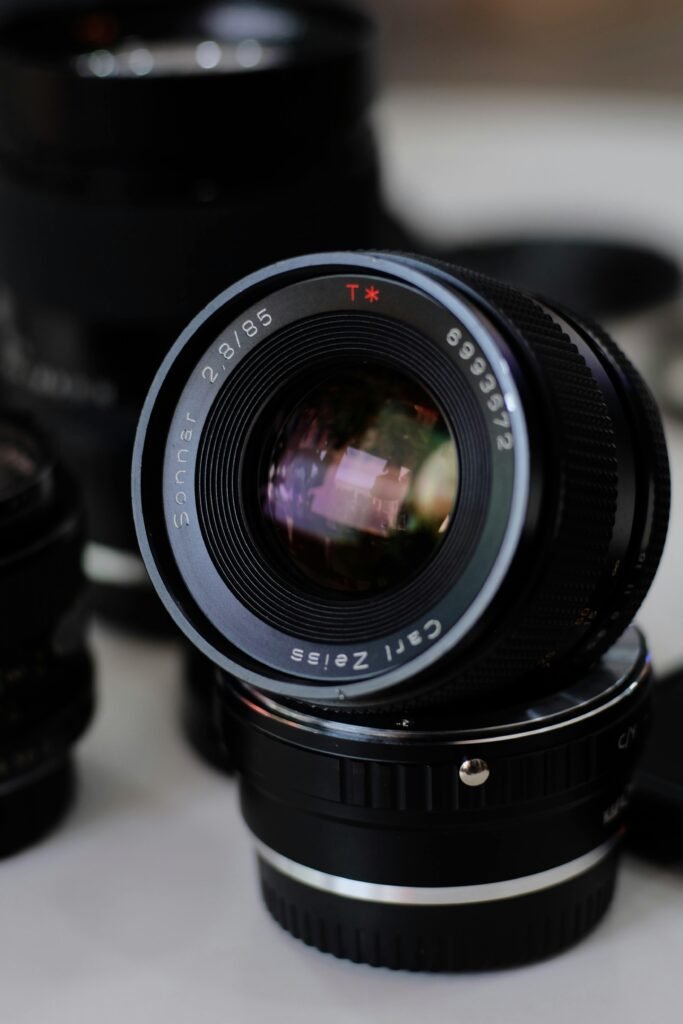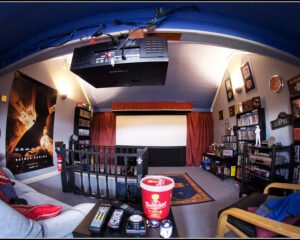What are 6 types of camera lenses that every photographer should know in 2025? Whether you’re stepping into the world of photography or looking to upgrade your gear, understanding the six primary types of camera lenses is essential. Each lens type serves a specific purpose, and knowing when and how to use them can significantly improve the quality and creativity of your images.
In today’s competitive world of content creation, having the right lens can make or break your photo shoot. That’s why asking “What are 6 types of camera lenses” is more than just a beginner’s question—it’s a critical step toward mastering photography. From the versatile standard lens to the specialized macro or fisheye lens, each category opens up new photographic possibilities.
By understanding what are 6 types of camera lenses, you gain insight into focal lengths, depth of field, perspective, and image quality. This knowledge empowers you to capture everything from sweeping landscapes and detailed close-ups to sharp portraits and dramatic action shots. In this article, we’ll dive deep into the six core types of lenses, explain how they work, and help you decide which ones are best suited for your style of photography.
Let’s explore what are 6 types of camera lenses—and discover the creative power behind each one.
1. Standard Lenses (Prime Lenses)
First on the list when asking what are 6 types of camera lenses is the standard prime lens. Typically offering a focal length of 50mm on a full-frame camera, standard lenses deliver a natural perspective that closely resembles human vision. These lenses are great for:
- Everyday photography
- Street shots
- Portraits with a natural background blur
- Low-light situations (due to wider apertures like f/1.8 or f/1.4)
Standard lenses are lightweight, affordable, and offer crisp image quality, making them perfect for both beginners and professionals.
2. Wide-Angle Lenses
If you’re wondering what are 6 types of camera lenses for landscapes or interiors, wide-angle lenses are a must-have. These lenses have a shorter focal length (typically 14mm to 35mm) and can capture a broader scene in a single shot.
Common uses include:
- Landscape photography
- Architectural photography
- Interior design shots
- Group photos
Wide-angle lenses create depth and a sense of space but must be used carefully to avoid distortion, especially at the edges of the frame.
3. Telephoto Lenses
When photographers ask what are 6 types of camera lenses that are best for distant subjects, telephoto lenses come into play. These lenses start at 70mm and go up to 600mm or more, allowing you to zoom in on subjects from afar.
Ideal for:
- Wildlife photography
- Sports and action shots
- Astrophotography
- Portraits with extreme background blur (bokeh)
While telephoto lenses can be bulky and expensive, their ability to isolate subjects with shallow depth of field makes them invaluable for many professionals.

4. Macro Lenses
Another vital category in answering what are 6 types of camera lenses is the macro lens. These lenses allow for extreme close-ups with incredible detail and 1:1 magnification.
Best suited for:
- Nature and flower photography
- Insect photography
- Product photography
- Texture and fine detail work
Macro lenses often come in focal lengths between 90mm and 105mm, allowing you to keep some distance while still achieving sharp, up-close shots.
5. Fisheye Lenses
For those who want to get creative and wonder what are 6 types of camera lenses that offer a unique perspective, fisheye lenses are the answer. These ultra-wide-angle lenses (typically 8mm to 16mm) produce a distinctive spherical distortion.
Use cases include:
- Artistic or experimental photography
- Skating, action, or sports photography
- Panoramic or 360-degree images
- Astrophotography (for capturing the night sky with creative flair)
Fisheye lenses aren’t suitable for all purposes but can add dramatic effect and fun to your photos.
6. Zoom Lenses
Finally, if versatility is your top concern when asking what are 6 types of camera lenses, then zoom lenses are a strong choice. Unlike prime lenses, zooms offer a range of focal lengths, such as 24–70mm or 70–200mm, in one package.
Benefits of zoom lenses:
- Flexibility to reframe shots without changing lenses
- Ideal for travel and events
- Saves space in your camera bag
- Good for both beginners and pros
Modern zoom lenses come with optical stabilization, fast autofocus, and weather sealing, making them essential tools for many genres.
Final Thoughts: What Are 6 Types of Camera Lenses?
Understanding what are 6 types of camera lenses is more than just a technical lesson—it’s the foundation of building your photography skills and achieving professional results. Each type of lens—standard, wide-angle, telephoto, macro, fisheye, and zoom—serves a unique role in shaping the way your camera captures the world.
Choosing the right lens isn’t only about focal length or price—it’s about knowing your subject, understanding the creative outcome you want, and picking a tool that complements your vision. If you’re a travel enthusiast, a versatile zoom lens might be your go-to. If you’re into portraits, a prime lens with a wide aperture may be your best friend. For close-up detail, macro lenses offer stunning precision. And if you love experimenting with perspective, a fisheye can offer unmatched creativity.
So the next time you find yourself asking, “What are 6 types of camera lenses?”, remember that each lens brings its own advantages, challenges, and artistic potential. With the right knowledge, you can build a lens kit that not only meets your needs in 2025 but also fuels your creativity for years to come.
For more expert photography guides and gear reviews, visit GadgetSyte.com — your ultimate destination for tech insights in 2025.







